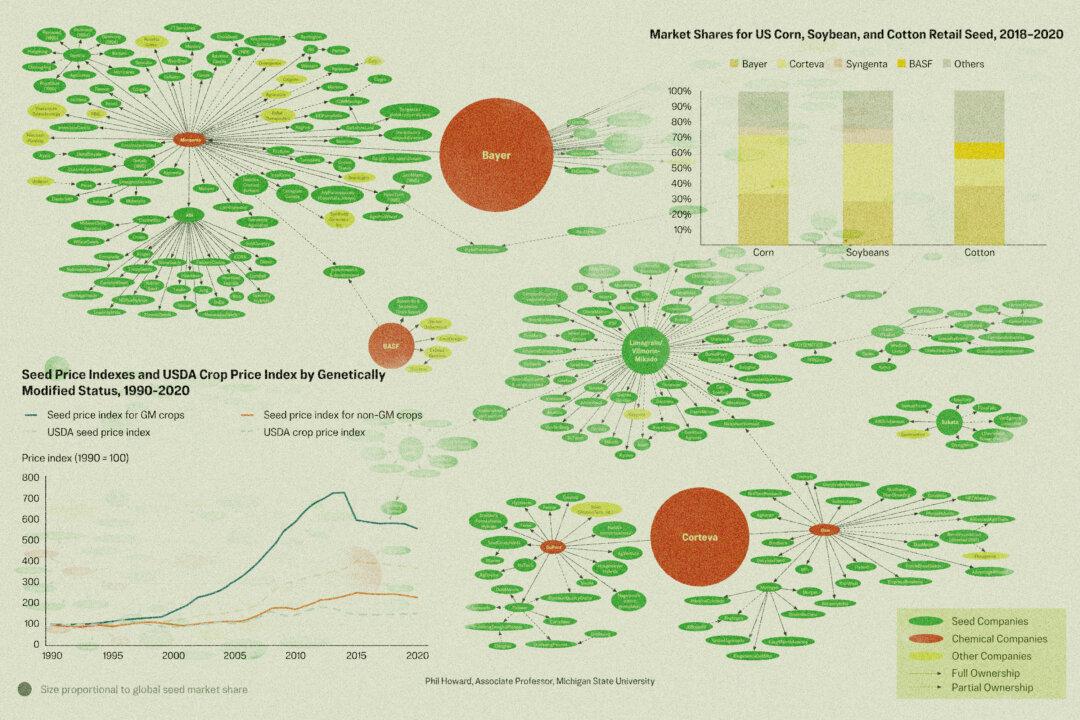They say all that glitters isn’t gold. But for some countries, gold represents a step toward divesting from reliance on the U.S. dollar.
An emerging trade bloc of nations including Brazil, Russia, India, China, and South Africa—commonly known as BRICS—has created international rumblings over the possible announcement of a gold-backed currency at its annual summit this year.





